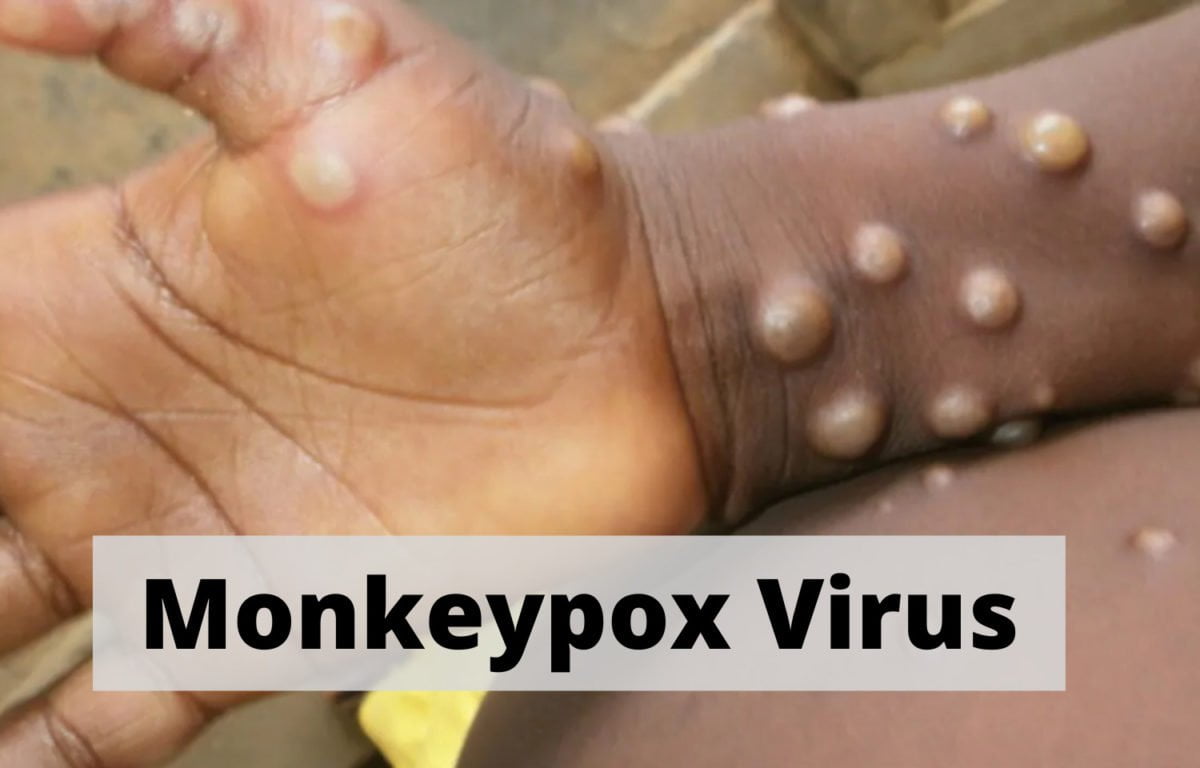The first case of Monkeypox in the country was confirmed in Kerala.
Importance:
Declaring monkey-pox to be a global emergency would mean the UN health agency considers the outbreak to be an “extraordinary event” and that the disease is at risk of spreading across even more borders.
It would also give monkey-pox the same distinction as the COVID-19 pandemic and the ongoing effort to eradicate polio.
What is monkeypox virus?
Monkeypox is a disease caused by the monkeypox virus. It is a viral zoonotic disease, meaning that it can spread from animals to humans. It can also spread between people.
Where is monkeypox virus found?
Monkeypox is commonly found in central and west Africa where there are tropical rainforests and where animals that may carry the virus typically live. People with monkeypox are occasionally identified in other countries outside of central and west Africa, following travel from regions where monkeypox is endemic.
What about the occurrence of the disease?
The infection was first discovered in 1958 following two outbreaks of a pox-like disease in colonies of monkeys kept for research which led to the name ‘monkeypox’.
The first human case was recorded in 1970 in the Democratic Republic of the Congo (DRC).
According to the WHO, 15 countries on four continents have so far reported confirmed cases of monkeypox in humans.
What are the symptoms of the monkeypox virus?
- Symptoms of monkeypox typically include a fever, intense headache, muscle aches, back pain, low energy, swollen lymph nodes and a skin rash or lesions.
- The rash usually begins within one to three days of the start of a fever.
- The rash tends to be concentrated on the face, palms of the hands and soles of the feet. They can also be found on the mouth, genitals and eyes.
- Symptoms typically last between 2 to 4 weeks and go away on their own without treatment
About the monkeypox virus:
Mortality: The proportion of patients who die has varied between 0 and 11% in documented cases, and has been higher among young children.
Treatment: There is no safe, proven treatment for monkeypox but WHO recommends supportive treatment depending on the symptoms.
Vaccines: There are several vaccines available for the prevention of smallpox that also provide some protection against monkeypox. A newer vaccine that was developed for smallpox (MVA-BN, also known as Imvamune, Imvanex or Jynneos) was approved in 2019 for use in preventing monkeypox and is not yet widely available.
Transmission: Monkeypox can spread from one person to another through close physical contact, including sexual contact. It is currently not known whether monkeypox can be spread through sexual transmission routes (e.g., through semen or vaginal fluids), but direct skin-to-skin contact with lesions during sexual activities can spread the virus.
How does Monkeypox different from smallpox ?
- The monkeypox virus is an orthopoxvirus, which is a genus of viruses that also includes the variola virus, which causes smallpox, and the vaccinia virus, which was used in the smallpox vaccine.
- Monkeypox causes symptoms similar to smallpox, although they are less severe.
- Also, the symptoms of both diseases vary.
- While vaccination eradicated smallpox worldwide in 1980, monkeypox continues to occur in countries in Central and West Africa, and has on occasion shown up elsewhere.
Way forward:
- There is a number of measures that can be taken to prevent infection with the monkeypox virus.
- Avoid contact with animals that could harbour the virus.
- Avoid contact with any materials, such as bedding, that have been in contact with a sick animal.
- Isolate infected patients from others who could be at risk for infection.
- Practice good hand hygiene after contact with infected animals or humans.
- Use personal protective equipment (PPE) when caring for patients.

